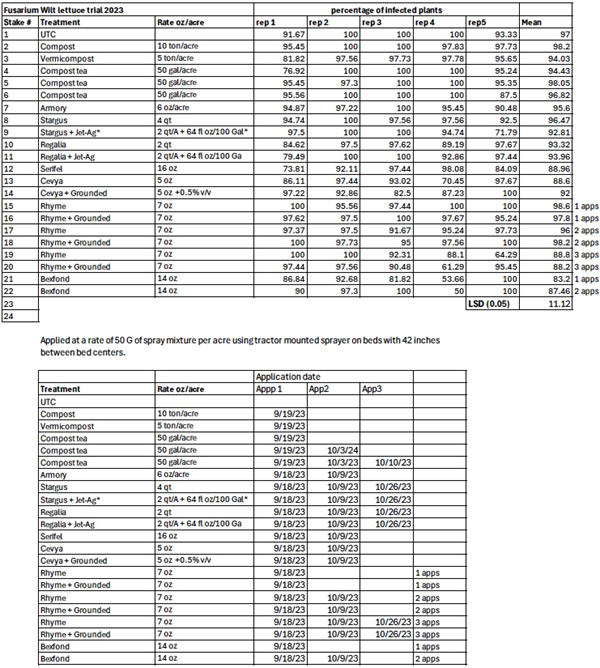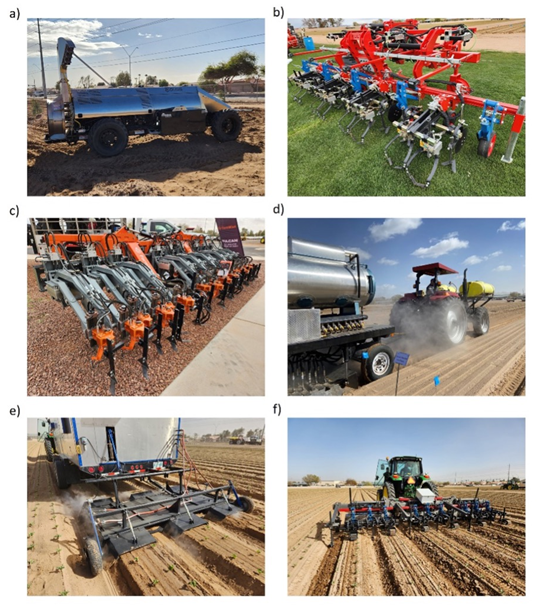-
Apr 30, 2014Whitefly Management on Spring Melons 2014Whitefly populations have been present in unusually high numbers on melon crops this spring. These large buildups are in part due to warm winter temperatures which likely resulted in low adult mortality during the winter and increased biological activity over the past 4-6 weeks. As temperatures continue to increase, feeding damage from whitefly nymphs should be a concern on all melon types. Honeydew and sooty mold contamination on fruit of cantaloupes, mixed melons and watermelons can significantly reduce quality and marketability. Although whitefly numbers have been low up to now, PCAs should not be complacent in their monitoring and sampling. With the warmer weather, numbers are likely to increase rapidly in the next few weeks. Our research has shown that to prevent melon yield and quality losses, a foliar insecticide treatment should be applied when a threshold of 2 adult whiteflies per leaf is exceeded. By timing sprays based on the adult threshold, immature populations should just be starting to colonize and applying foliar sprays at this stage in population development has been shown to significantly reduce the chance of yield / quality loss during harvest. This threshold applies for the IGRs (Vetica, Courier, Knack, Oberon), and foliar applied neonicotinoids (Assail, Venom, Scorpion). (For more information, go to these documents on IPM and Whitefly Management, Whitefly Action Thresholds and Whitefly control Also, be aware of pollinators in or around melon fields. I recommend carefully reading labels to determine the products bee safety before applying any pesticide in melon fields, particularly when bees are foraging. Note: Cucurbit Yellow Stunting Disorder Virus (CYSDV) is not generally known to be yield limiting on spring melons. However, research to date suggests that fall melons may be at greater risk of CYSDV infection when planted in areas where CYSDV symptoms were found on late spring melons. Thus when practical, it is advisable to keep whitefly populations low on spring melons. This will also prevent potential dispersal in to cotton later in June and July.To contact John Palumbo go to: jpalumbo@ag.Arizona.edu










